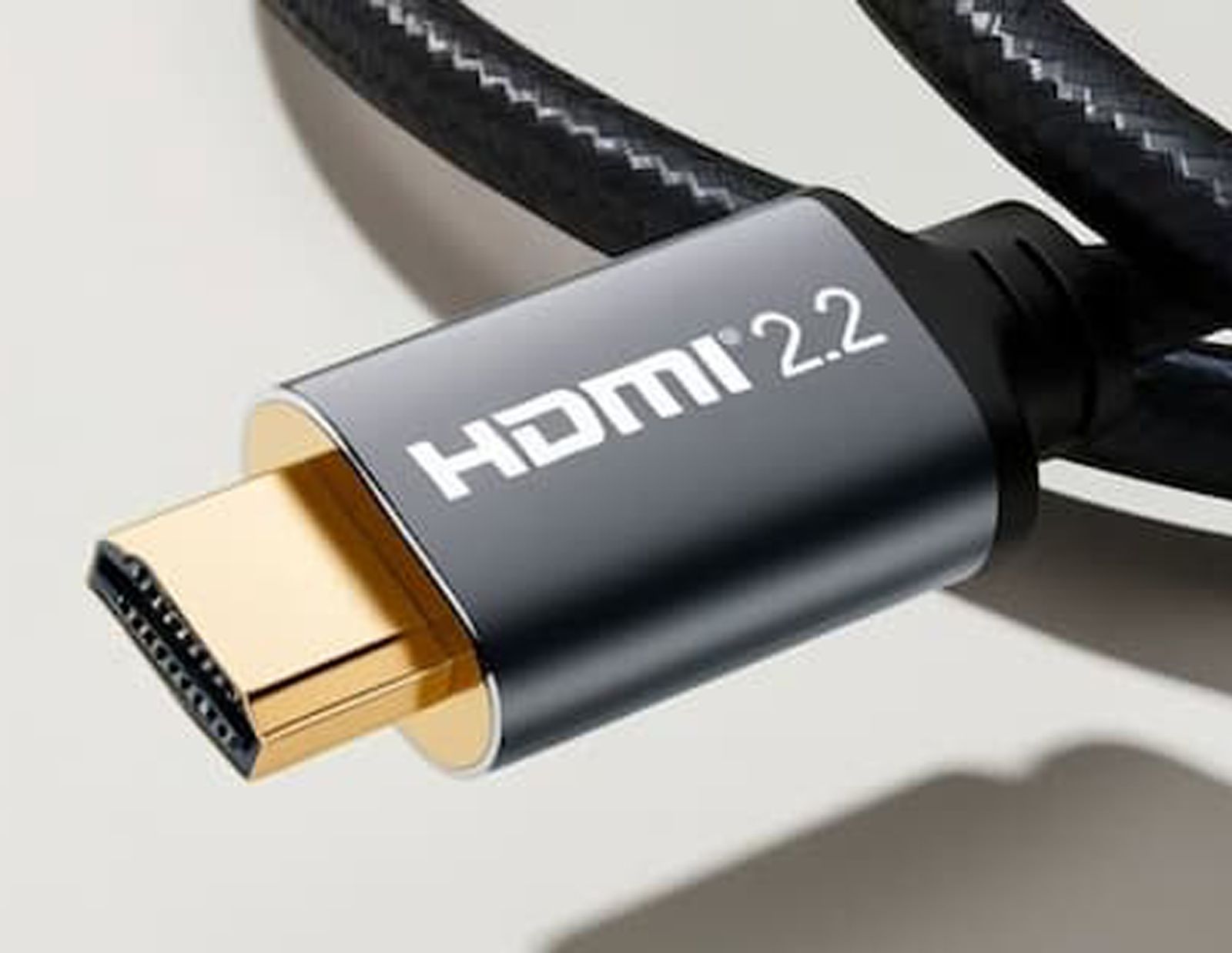The HDMI 2.2 specification has been officially released by the HDMI Forum, bringing significant improvements in both bandwidth and resolution support. Announced earlier this year at CES, the new HDMI 2.2 spec offers up to 96Gbps bandwidth, doubling the capacity of the previous HDMI 2.1 standard. However, the specification also includes support for devices running at 64Gbps, 80Gbps, and the full 96Gbps bandwidth, adding some flexibility to the implementation.
One of the most exciting updates with HDMI 2.2 is the support for ultra-high-definition resolutions. 
The new standard allows for up to 16K resolution at 60Hz or 12K resolution at 120Hz, utilizing display stream compression or chroma subsampling. While 16K might seem out of reach for most users right now, the increase in bandwidth brings practical benefits for more common resolutions.
For instance, with the introduction of 4K 240Hz monitors, HDMI 2.2 enables this resolution and refresh rate combination at 10-bit or 12-bit color depth, without requiring display stream compression or chroma subsampling-something that was previously unachievable. Similarly, true 8K 60Hz 4:4:4 at 10-bit or 12-bit color can now be achieved without compression.
The spec also introduces several key features to enhance user experience, including Latency Indication Protocol (LIP), dynamic HDR support, source-based tone mapping (SBTM), enhanced eARC, and advanced gaming features like VRR, ALLM, and QFT. Additionally, HDMI 2.2 supports Quick Media Switching (QMS), which reduces black screens when switching between different media formats.
However, all this power requires updated cables. The previous Ultra High Speed HDMI cables used for HDMI 2.1 won’t be sufficient to handle the demands of HDMI 2.2. New Ultra96 HDMI cables are required to achieve the full 96Gbps bandwidth, and these will be certified by HDMI Forum with a hologram and QR code for verification, ensuring they meet the new standard.